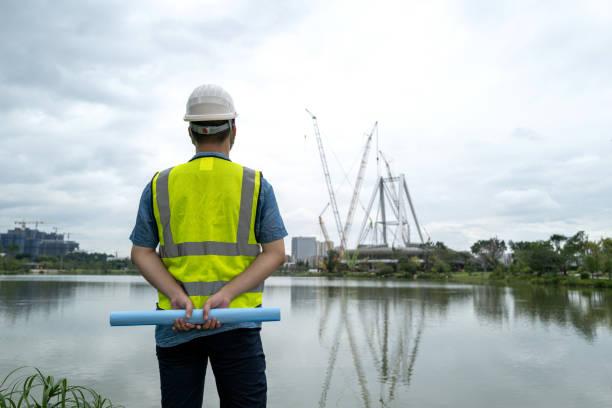Introduction
Lake management is not a task that falls solely on the shoulders of environmental experts; it requires the active involvement and support of the local community. When residents, businesses, and stakeholders collaborate, the collective effort can lead to more successful and sustainable lake management practices.
Creating Awareness and Education Programs
Effective lake management begins with creating awareness among the community about the importance of their local lake's health. Organizing educational programs, workshops, and awareness campaigns helps residents understand how their actions can impact the lake's water quality and overall ecosystem. Informed individuals are more likely to adopt sustainable practices.
Establishing Volunteer Stewardship Programs
Volunteer stewardship programs offer a fantastic way for community members to actively participate in lake management. Tasks like shoreline cleanups, invasive species removal, and water quality monitoring can be organized and led by enthusiastic volunteers. These efforts not only contribute to lake preservation but also foster a sense of ownership and pride within the community.
Collaborating with Local Businesses
Engaging local businesses in lake management initiatives can have a significant positive impact. Companies can adopt eco-friendly practices, reduce pollutants, and support conservation efforts. Additionally, businesses can sponsor lake cleanup events, which benefit both the community and their corporate social responsibility image.
Encouraging Responsible Recreation and Tourism
Recreational activities on and around the lake can impact its ecological balance. Encouraging responsible practices, such as proper waste disposal, boating regulations, and fishing guidelines, ensures that the lake remains a pristine environment. Educating tourists and visitors about the lake's significance can also lead to increased respect for its preservation.
Involvement in Decision-Making Processes
Community engagement should extend to decision-making processes related to lake management. Inclusion of local residents in discussions about lake policies and initiatives ensures that their voices are heard and that management strategies align with the community's values and aspirations.
Conclusion
Successful lake management goes hand in hand with active community engagement. By creating awareness, establishing volunteer programs, collaborating with businesses, promoting responsible recreation, and involving the community in decision-making, we can create a powerful force for positive change. Together, we can preserve and protect our lakes, ensuring their sustainability and providing a better future for all who depend on these valuable natural resources.






